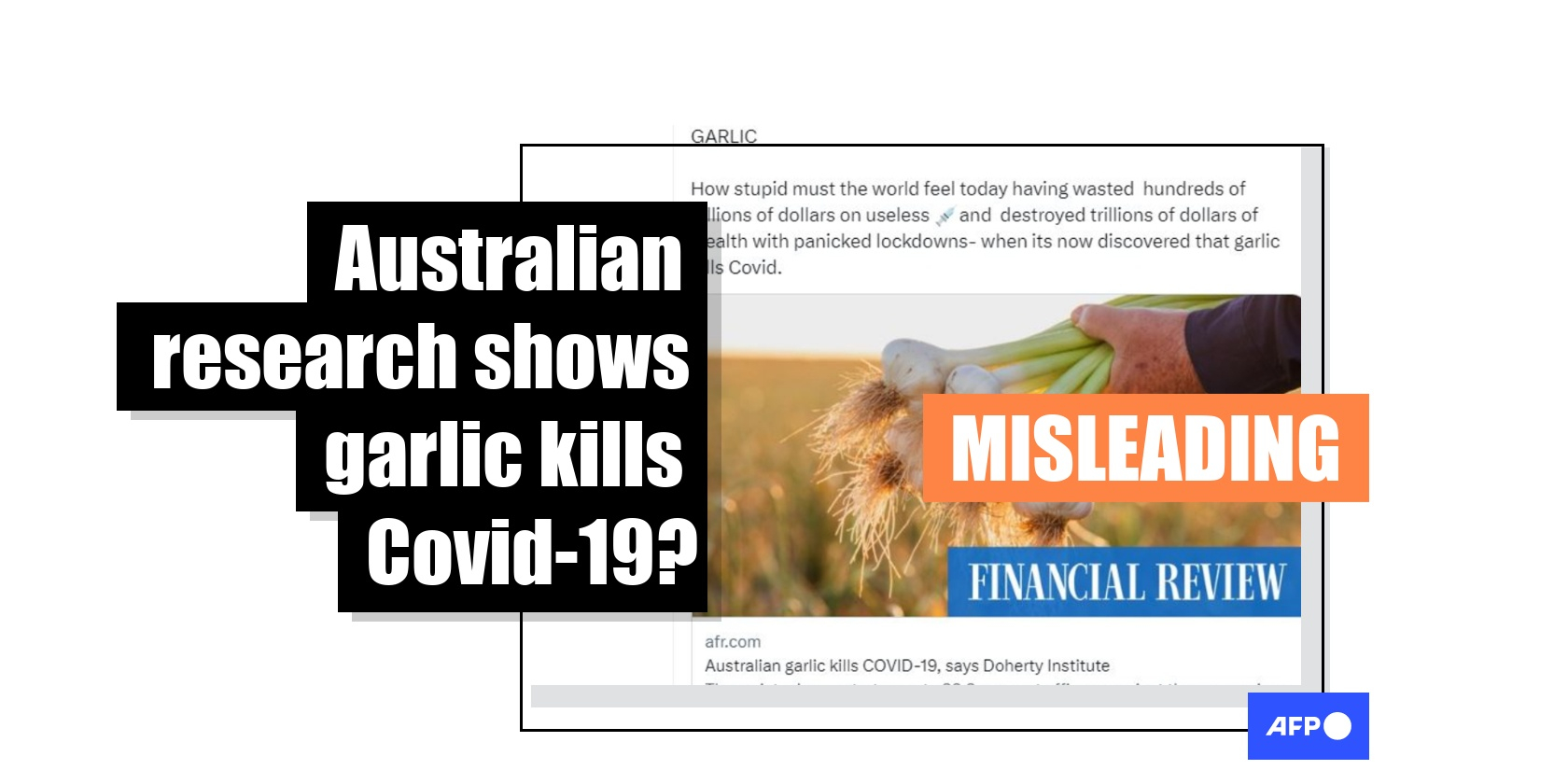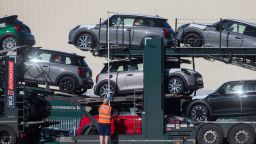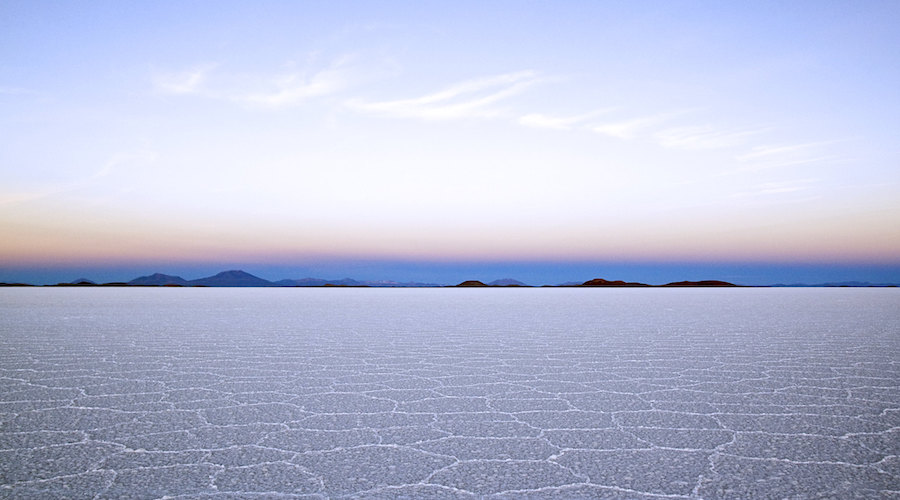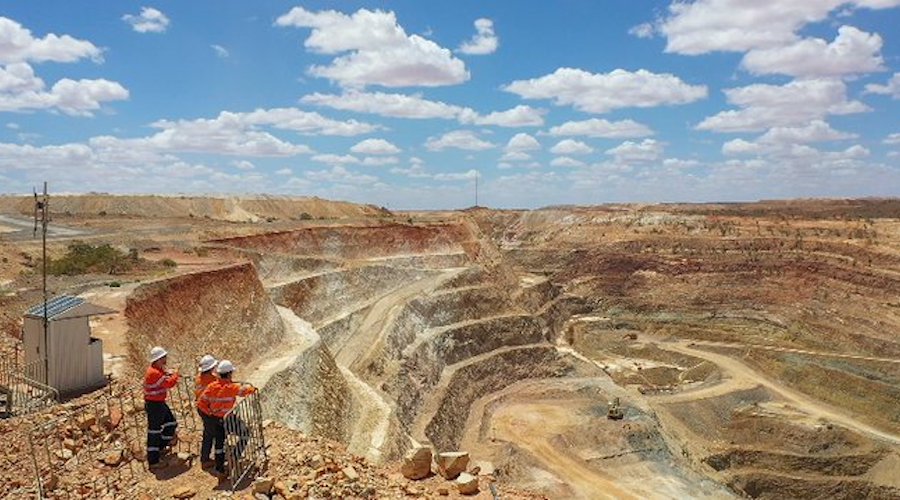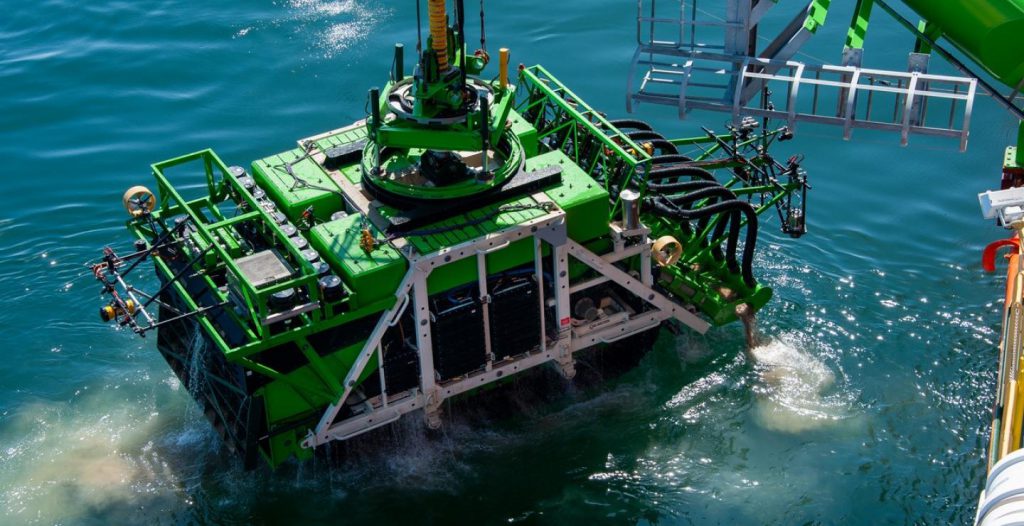
Sriracha chili sauce is produced at the Huy Fong Foods factory in Irwindale, Calif.
Bottles of Huy Fong Sriracha are going for as much as $70 on some sites amid a shortage of the popular hot sauce linked to ongoing droughts.
A single 28-ounce bottle is being listed by one eBay seller for nearly $70, while a two-pack of 17-ounce bottles is going on Amazon for around $100 or more from some merchants.
Other brands’ iterations of the sauce on the sites are notably less expensive, but prices for Huy Fong’s authentic version are being driven up by the an ongoing shortage of the chilis used to make the condiment.
The company announced a “a shortage of chili pepper inventory” back in 2020, and said last year that weather conditions were affecting quality and sparking an even “more severe” shortage.Father of Parkland shooting victim knocks ex-school officer for ‘celebrating’ not guilty verdictKen Buck to students: Look to ‘role models who didn’t need affirmative action’
The company is based in Irwindale, Calif., and reportedly supplied by chili pepper farms in California, New Mexico and Mexico, areas that have faced drought in recent years.
CBS News reported Thursday that a Huy Fong spokesperson said the company has recently resumed limited production, but is still facing “a shortage of raw material” and has “no estimations of when supply will increase.”
The Hill has reached out to Huy Fong for comment.
